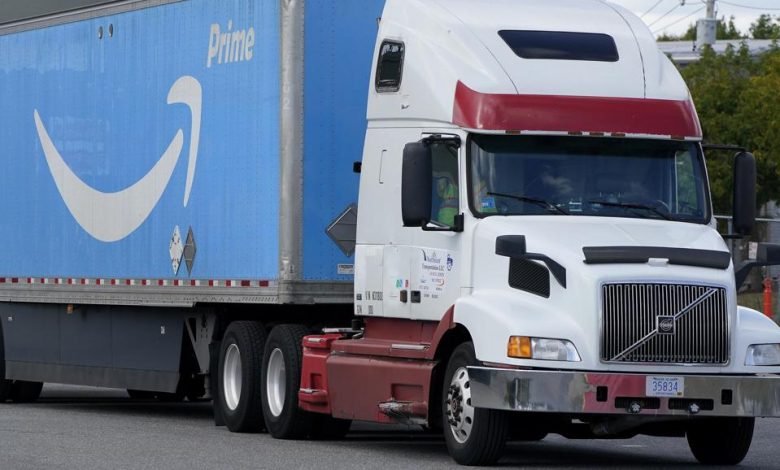The Impact of Amazon’s Supply Chain on Global Markets

Amazon has been a leader in the eCommerce market since its founding in 1995. With a massive network of warehouses and delivery personnel, Amazon’s supply chain is an impressive example of how technology has allowed global commerce to operate efficiently and rapidly.
The backbone of Amazon’s supply chain is their extensive network of fulfillment centers located around the world. Using sophisticated inventory management software, these centers are able to keep track of every item that comes through their doors with near perfect accuracy.
This ensures that products can be shipped out quickly and reliably so that customers can receive their orders as soon as possible. Additionally, Amazon works closely with suppliers to ensure quality control standards are met throughout the entire production process. They also use predictive analytics to anticipate customer demand and adjust inventory levels accordingly to minimize waste and maximize profits.
Globalization & Ecommerce
Globalization and ecommerce have come hand in hand due to the tremendous impact of Amazon’s supply chain on global markets. The online retail giant has revolutionized the way people shop, with an unparalleled selection of products and delivery times that can rival local stores. Amazon has managed to build a distribution network across the globe which allows them to offer low prices, fast shipping, and worldwide access which prove difficult for other retailers to compete with.
Their innovative use of technology makes their offerings more attractive than traditional retail outlets while providing customers with easy access to a vast array of items at competitive prices. Additionally, they are able to keep costs down through economies of scale, allowing them to pass savings on to consumers while still making profits.
Impact on Businesses & Consumers
Amazon’s supply chain has had a tremendous impact on global markets. The company has fundamentally transformed the way consumers shop, and businesses sell their products.
Amazon’s supply chain is highly efficient and cost-effective, allowing the company to offer attractive prices to customers while generating strong profits for shareholders. Additionally, its use of technology allows it to quickly adjust to changes in demand from customers as well as tap into new markets with ease. As a result, businesses have had to adapt or risk becoming obsolete in an ever-shifting landscape where Amazon is king.
Merkezi konumdaki bu semtimizde bağcılar türbanlı escort bulabileceğiniz, kullanımı kolay web sayfası.
For consumers, Amazon’s supply chain has provided convenience and access that was previously unavailable.
Strategies for Adaptation
In recent years, the impact of Amazon’s supply chain on global markets has been undeniable. The company has leveraged its massive infrastructure to become one of the most successful e-commerce companies in the world. As such, businesses must consider strategies for adaptation in order to remain competitive and profitable in this new landscape.
The first step is to understand Amazon’s supply chain model and how it differs from traditional models. This includes understanding its sophisticated logistics network, extensive inventory management systems, and customer service capabilities that enable it to offer fast delivery times and cost savings. With an understanding of how Amazon operates its supply chain, companies can then begin to develop their own strategies for adapting their business models accordingly.
For example, businesses should focus on developing a more efficient delivery system by making use of technology such as drones or autonomous vehicles.
Regulatory Implications
The rise of Amazon and its innovative supply chain approach has had a huge impact on global markets. The company’s success is largely driven by its advanced logistics, automation and data-driven decision making that has made it the largest online retail marketplace in the world. As a result, many governments around the world have taken notice and begun to examine how they can adjust regulations to better protect consumers while still allowing Amazon to continue their dominance in the e-commerce sector.
Companies must ensure that their supply chains meet all local regulations for import/export laws, labor laws, taxes and environmental standards.
Conclusion:
In conclusion, Amazon’s supply chain has had a tremendous impact on global markets, not only in terms of its ability to provide low-cost goods and services, but also in terms of how it has transformed the way businesses operate. The company’s reliance on technology and data analytics has enabled it to remain agile and responsive to customer needs, while also driving down costs and improving efficiency.
Read More : Amazon SEO – How to Make Your Products More Visible on Amazon





